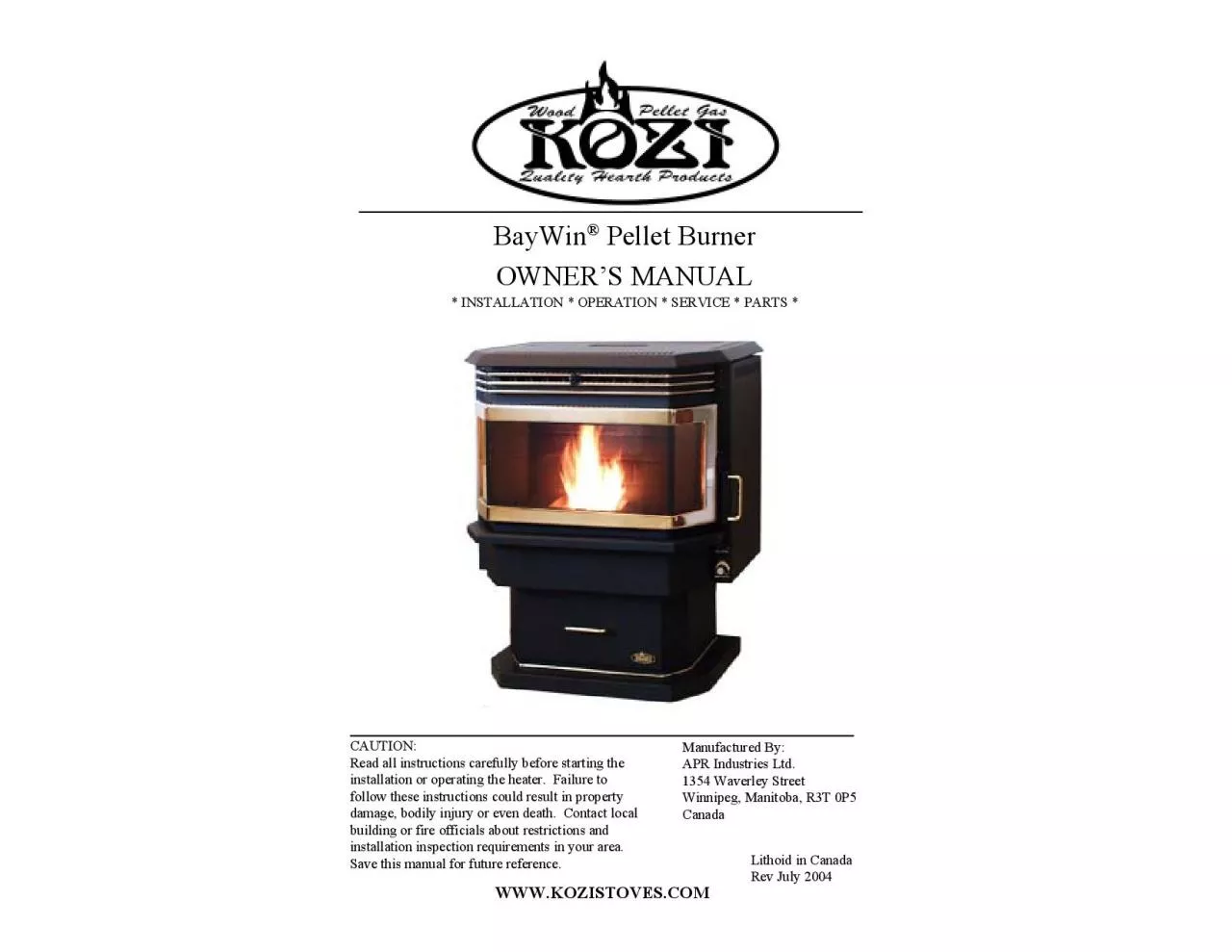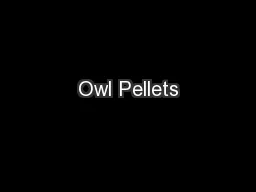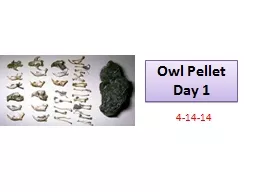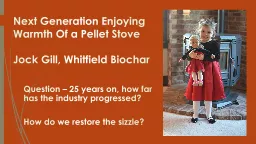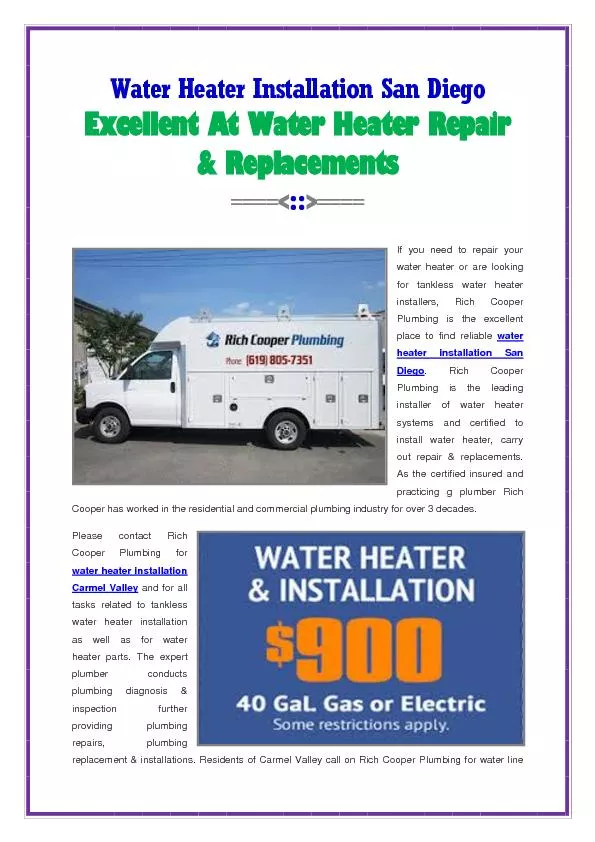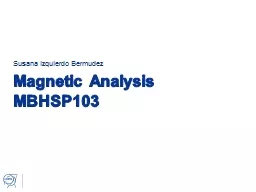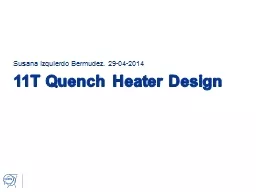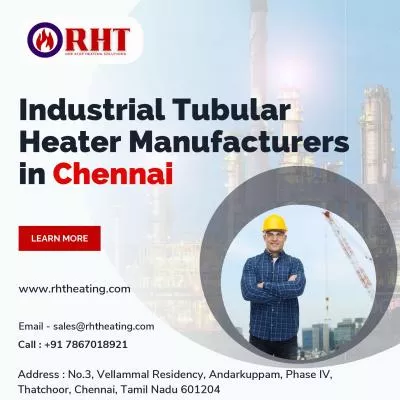PDF-Pellet Burnerinstallation or operating the heater. Failure todamage,
Author : elina | Published Date : 2020-11-25
Manufactured By Lithoid in CanadaRev July 2004 WWWKOZISTOVESCOM Page 2 CAUTION Stove has moving parts Disconnect power Page 3 I Installation and Operation Manual
Presentation Embed Code
Download Presentation
Download Presentation The PPT/PDF document "Pellet Burnerinstallation or operating t..." is the property of its rightful owner. Permission is granted to download and print the materials on this website for personal, non-commercial use only, and to display it on your personal computer provided you do not modify the materials and that you retain all copyright notices contained in the materials. By downloading content from our website, you accept the terms of this agreement.
Pellet Burnerinstallation or operating the heater. Failure todamage,: Transcript
Download Rules Of Document
"Pellet Burnerinstallation or operating the heater. Failure todamage,"The content belongs to its owner. You may download and print it for personal use, without modification, and keep all copyright notices. By downloading, you agree to these terms.
Related Documents

